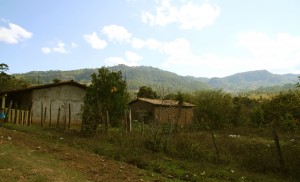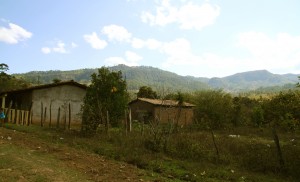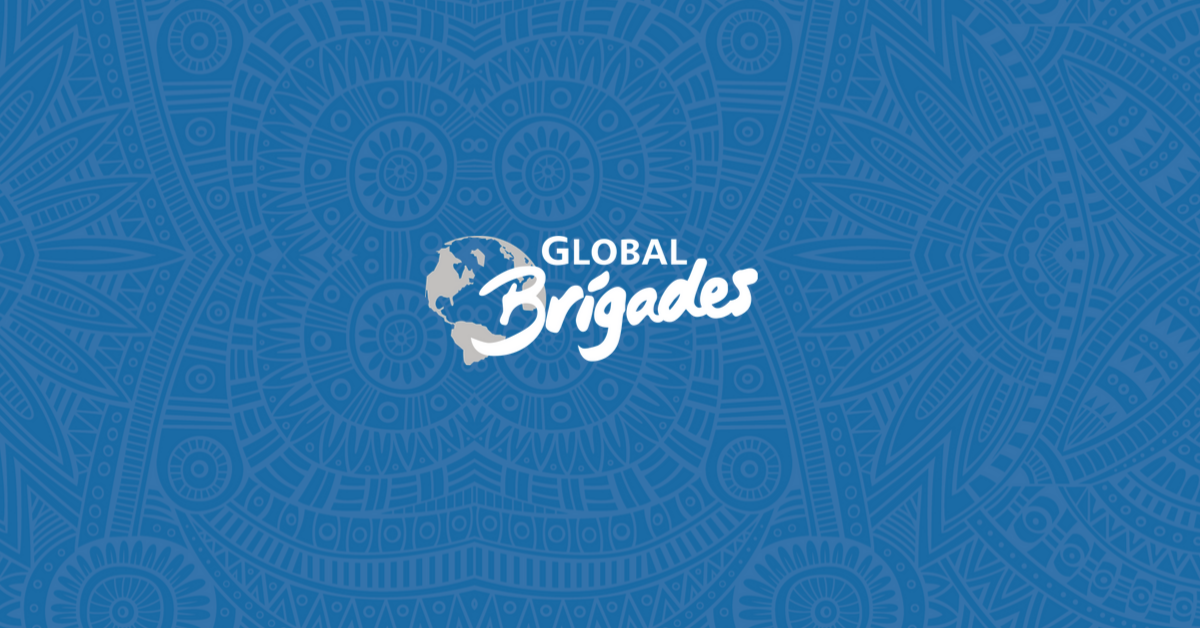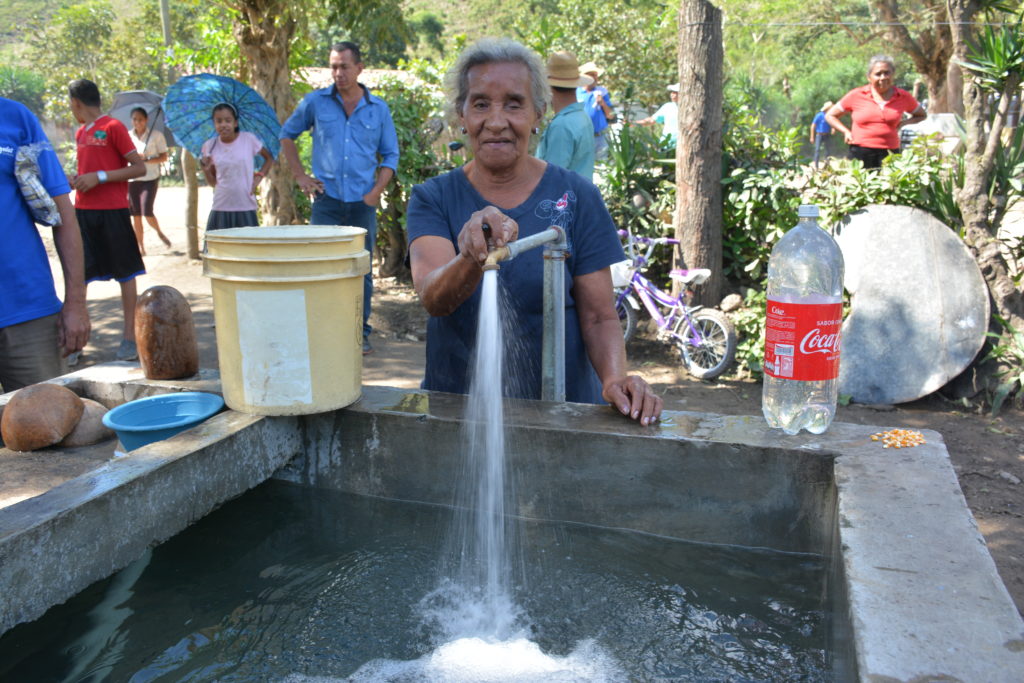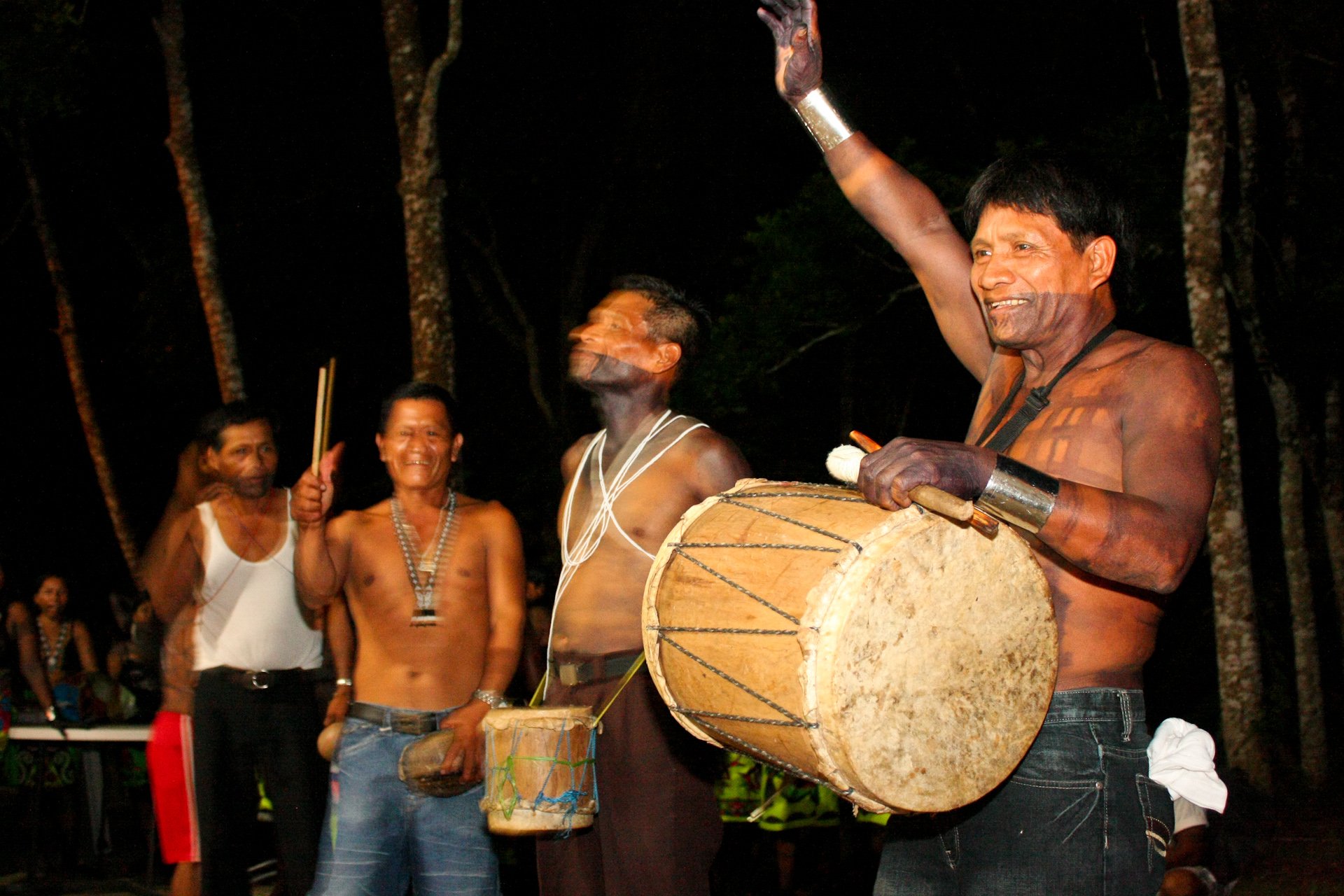You often hear us describe our work as taking place in “rural communities outside of Tegucigalpa (the capital city) in Honduras”. But what do these communities really look like? What type of access to education do these communities offer? What kind of access to water and health services are available in these remote areas? Take a look at a Typical Community Profile with information compiled by Johanna Chapin, our Research and Evaluation Director, to get a better understanding of the current infrastructure and health status of the communities we work in.
Education (Architecture):
Highest Education Level Offered =
45 communities (46%) have only until 6th grade offered in their community
33 communities (34%) have only until 9th grade offered in their community
19 communities (20%) have only until 12th grade offered in their community
All priority communities where we plan to implement a holistic approach in the coming years (Public Health, Water, Microfinance, Architecture, Medical, Dental programs) offer only up until a 6th grade level of education.
Avg % Literacy = 82.2% of community members can read and write
Water:
Typically, a Water Brigades community would have the following characteristics:
1. About 5-15 gallons of water per person per day (25-30 gallons of water per person per day is the standard goal post-project)
2. 50-70% of homes are connected to the water system
3. Homes receive water about every 3 days
4. The water is not chlorinated at all
Health (Public Health, Medical):
Typically, a Public Health Brigades community would have the following characteristics:
1. Less than 60% of the community has a latrine
2. Less than 50% of the community has concrete floors
3. A typical Public Health community would have 0% of the community using an eco-friendly stove before GB implements projects.
4. About 50% or less of community has pilas/water storage units
For Medical Brigades communities:
-82 communities (85%) have access to only a rural clinic typically staffed with an auxiliary nurse and no regular physician available or no access to medical care at all within their community.
– 84 communities (87%) have no access to dental care within their communities.
– Most common morbidities in communities are acute respiratory infections, diarrhea, parasite infections, common cold, hypertension, and diabetes.
Socioeconomics (Microfinance):
– Out of all Global Medical Brigades communities, average monthly income is L2137 (US$113.13) per household in a family that is usually made up of 5 people. That equals out to US$22.63 per person per month, which is then US$0.75 per person per day (in a 30-day month).
– For communities that Microfinance Brigades works in, average monthly income is about US$105.88, which means US$21.18 per person per month in a family of 5, translating to US$0.71 per person per day (in a 30-day month).
-Typical community has corn and beans subsistence farming, occasionally will have coffee as another local crop or small horticulture.
– 38 communities (39%) reported having only corn and beans subsistence farming as their means of agricultural employment (and consequently, nutritional intake).
– 22 communities (23%) reported having no form of access to credit for investing in economic opportunities and growth.
– 44 communities (45%) reported either not having a community bank or no longer having a functioning community bank where they could access loans.

